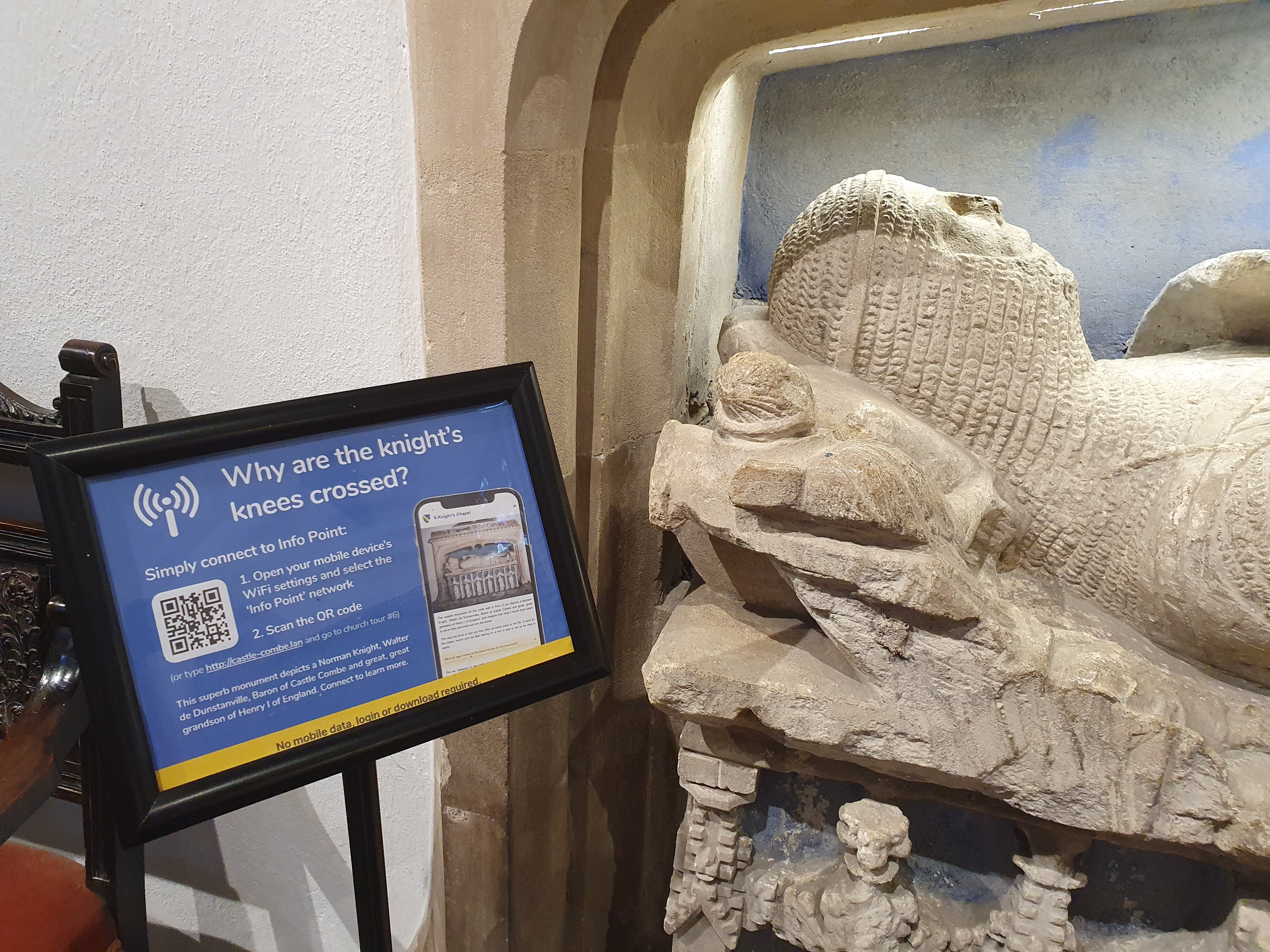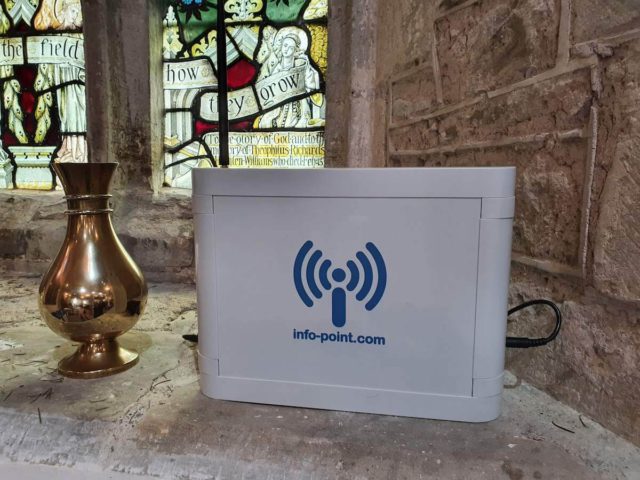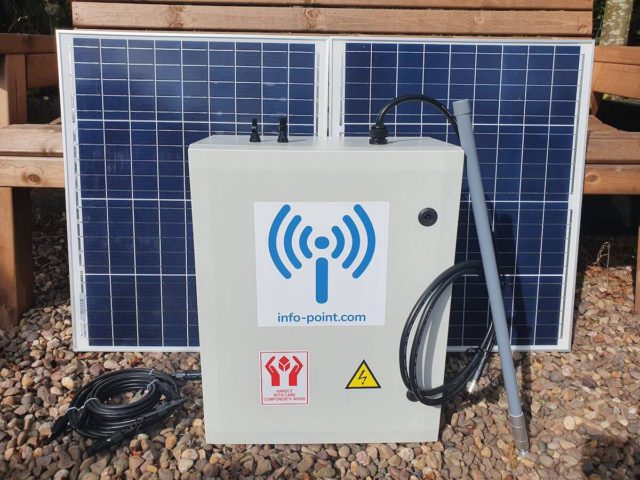An interpretation board is a visual tool used by historical and cultural sites to help visitors understand what they hear or see during their visit. Learn more about what they are, why they’re important and how to get the best out of them in our complete guide.
The purpose of an interpretation board (or panel) is to attract and engage visitors who may be arriving or passing by a subject that often has a significant natural, cultural or social history story. An effective interpretation board/panel will use strong graphics or images and catchy titles to attract attention. Stories are brief but engaging to whet the visitor’s appetite and deliver a key message.
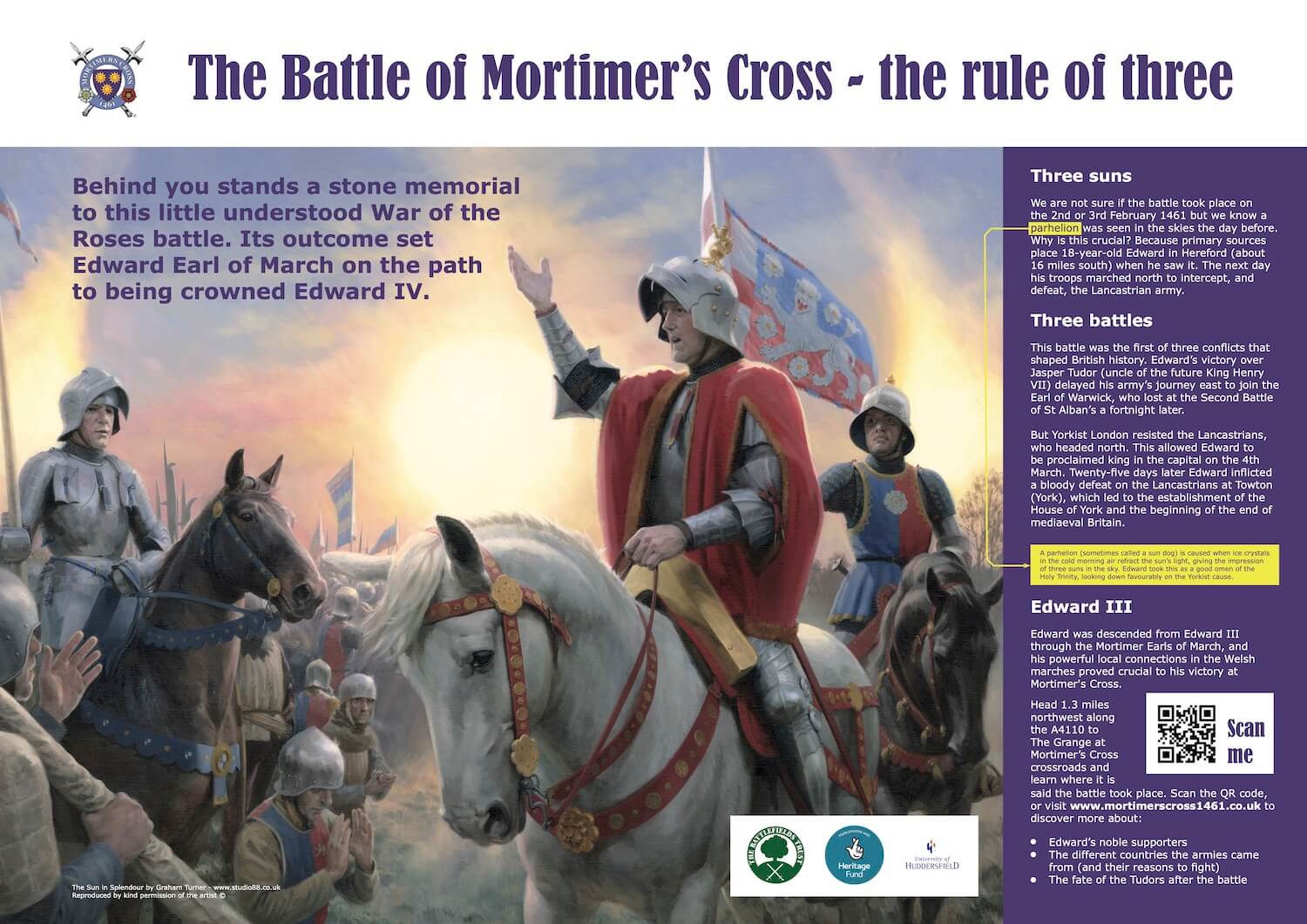
You will find interpretive boards wherever there is a story to tell. That might be within nature reserves and other places of natural heritage, or in cities, towns and villages. The example above is one of two created for the site of the Mortimer’s Cross battlefield. It has a strong visual element and an intriguing headline to catch attention.
Why are interpretive signs important?
Interpretive signs reveal a unique or prominent local story to inform visitors about the importance of that locality. Sometimes the story may connect to a wider theme, such as the industrial revolution or highlight something that is no longer obvious. Interpretive signs enhance a visit by connecting people with the place in an informal and playful manner. They can also influence behavioural change or evoke an emotional response.
What makes a good interpretation panel?
A good interpretation panel will catch the eye. Its design, layout and content need to be attractive and easy to navigate for your target audience. A visitor should understand the panel’s key message even if they just read the headline, a single sentence or simply look at an image. Remember, most visitors are not at your site for a lecture, they want to have fun and create positive memories. You only have a second or two to attract attention before they move on.
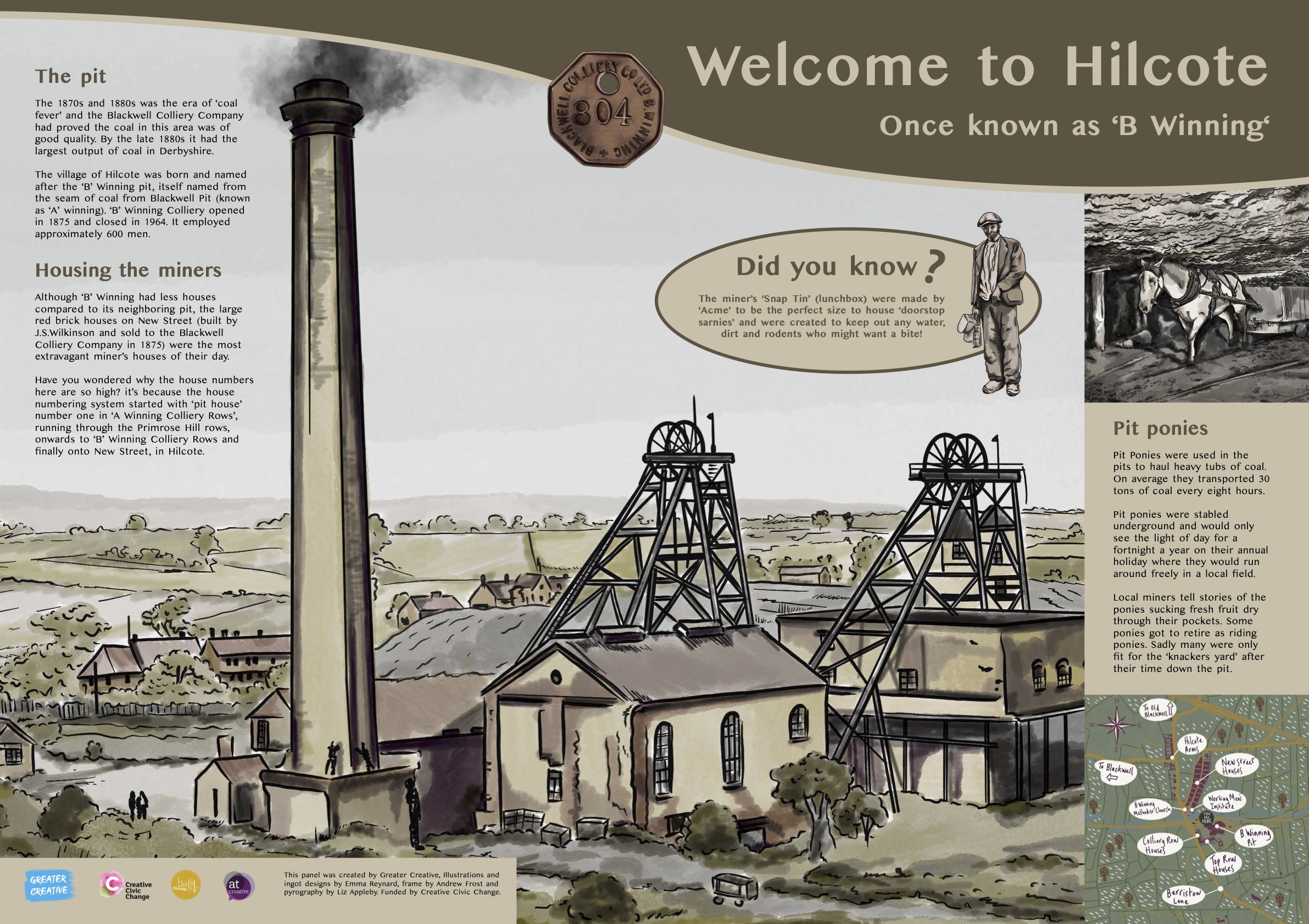
Interpretation panels are best used sparingly as a welcome or introduction to a particular theme or topic. Think carefully about where they are to be located – avoid tight spaces or thoroughfares.
What are interpretive signs made of?
Once an interpretive sign has been designed it is usually printed directly onto a metal or composite material that has good UV protection (for outdoor use). This panel is then often mounted in a wooden or metal frame, but any structure can hold, or even become the interpretation sign. Most panels tend to be wall-mounted or part of an angled lectern frame.
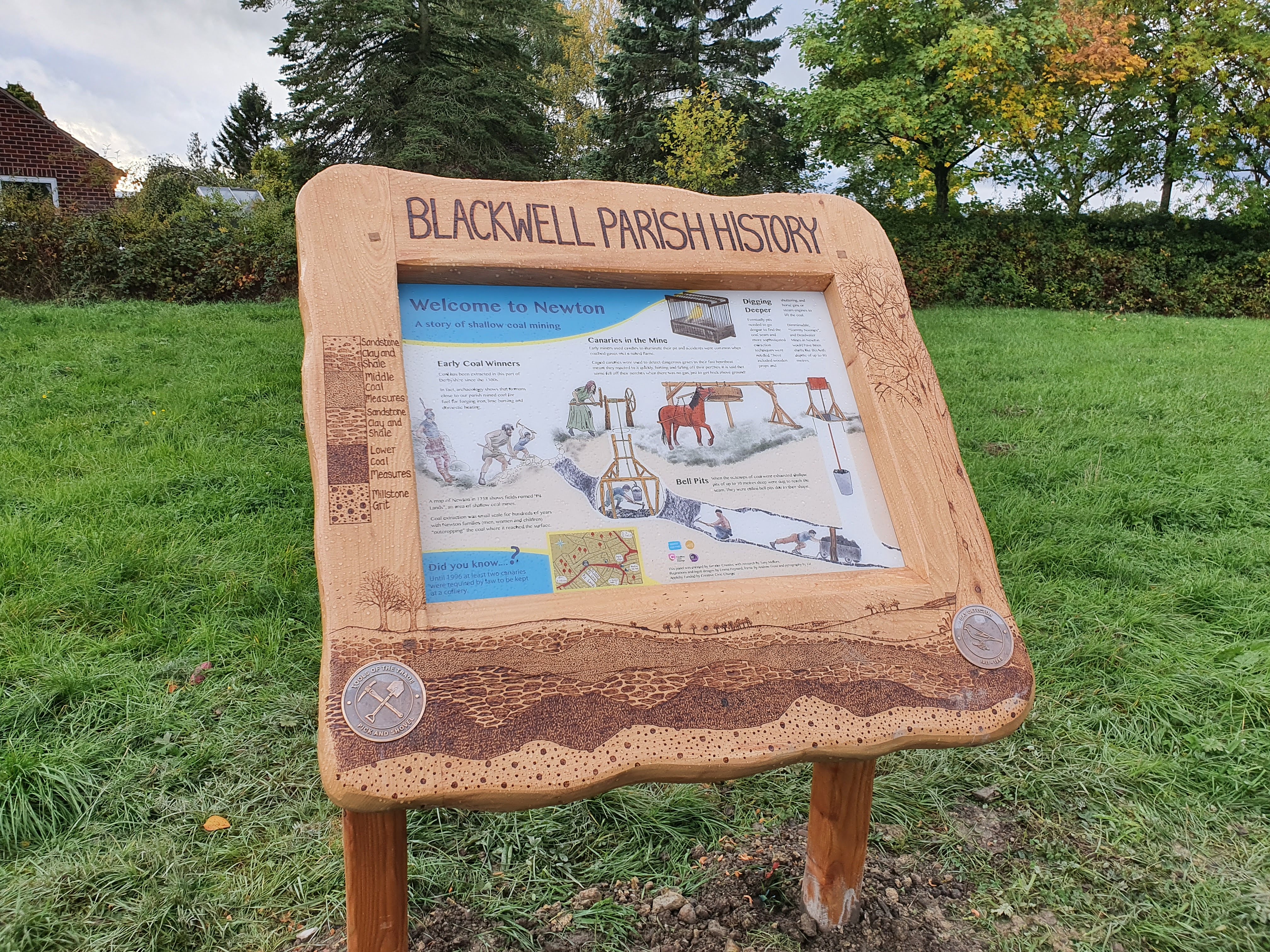
How do you write an interpretation?
Interpretative writing should be considered creative writing. You are telling a story rather than just sharing information. Think of it like writing a newspaper article. This usually has a strong headline and briefly covers the story in the opening paragraph. Use simple, short and active sentences and avoid jargon and technical terms. Try and limit your word count to under 150 words. That’s about 60-90 seconds of reading – more than enough for most visitors.
Break paragraphs up with enticing subheadings and engage the senses – encourage visitors to look, listen, imagine, touch and even smell. Use images and illustrations (with captions) to tell the story too.
How can you enhance the interpretation experience?
An interpretation panel is just one way to tell a story. In the majority of cases, it will only contain text, images and perhaps a tactile element. In the right situation, an interpretation panel is an effective way to introduce a site’s message and signpost visitors to other available visitor experiences.
Digital interpretation boards
A digital interpretation board is not something you might see at a bus shelter. Instead, it combines technology with a traditional interpretation board by incorporating a low-energy device called Info Point that provides multimedia content to visitors’ mobile devices.
The interpretive sign must still be attractive and contain an engaging narrative but in addition, it informs the visitors how to connect to Info Point. Connecting is a simple two-step process using QR codes. Visitors can then freely browse videos, audio, text, images and interactives without the need for downloads, logins or mobile data use.
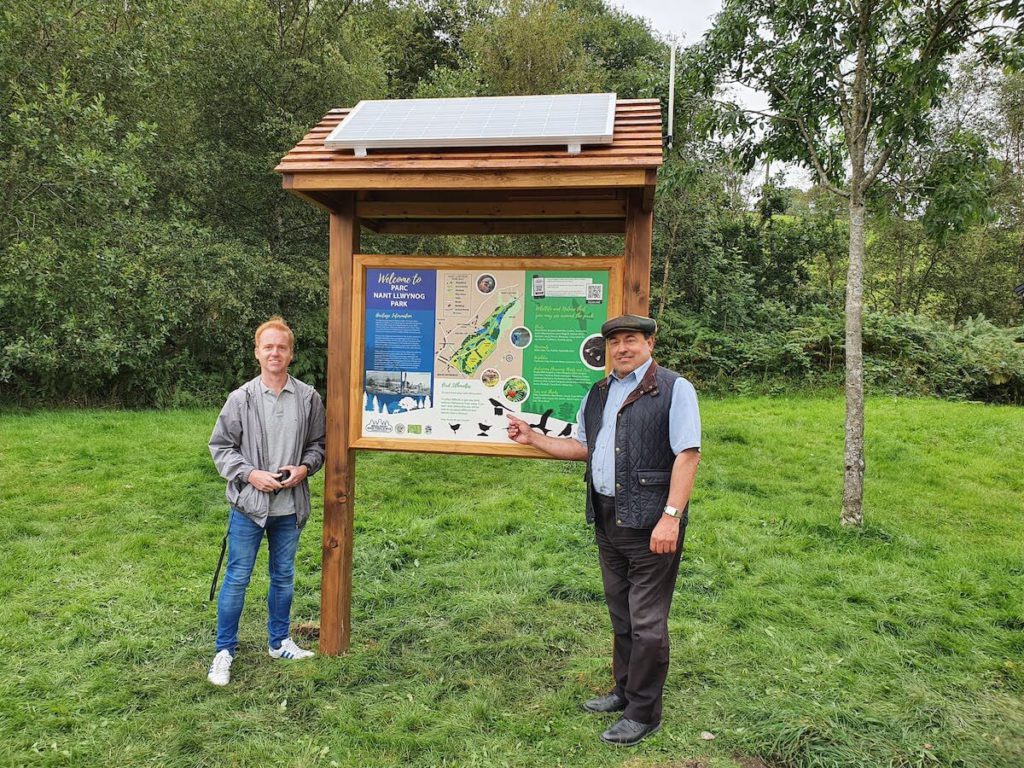 A digital interpretation board is often solar-powered, with the photovoltaic panels mounted on or near the interpretive sign structure
A digital interpretation board is often solar-powered, with the photovoltaic panels mounted on or near the interpretive sign structure
Hardware
The two key components of an Info Point are a Wi-Fi router and a mini-computer. The router is an industrial version of the one you will have at home. But rather than connecting into a wall to link up with the world wide web, the Info Point router connects to the mini computer, where your (and only your) content is stored.
 Image of an Info Point
Image of an Info Point
Software
Only the content you upload to Info Point can be accessed via the digital interpretation panel. Users browse the content with their phone or tablet just as if they were on a website.
Adding and editing content is simple using the intuitive PlaceMaker Content Management System. This was designed by our team specifically for Info Point
How much can interpretive signage cost?
There are many elements that go into producing an interpretive sign. Firstly there is the planning of the key message and themes, followed by research, copywriting and image sourcing/commissioning. The design comes next. Once signed off the panel can be printed. The frame or structure onto which the design is printed or mounted can often be the most expensive element and then of course there is the installation cost.
Therefore the full cost of an interpretive sign can run into many thousands of pounds. An Info Point Solar can easily be integrated into the design of an interpretive sign and provide a much richer experience that uses the visitor’s own devices. Alternatively, you can install much simpler and smaller signage that signposts users directly to an Info Point, where they can access the full interpretive experience.
